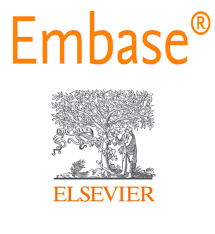A Study on the Correlation Between Clinical Outcome and Residual Prostatic Weight Ratio After Transurethral Resection of Prostate for Benign Prostatic Hyperplasia
Keywords:
TURP, BPH, residual prostatic weight ratio, IPSS, uroflowmetry, quality of lifeAbstract
Background: Transurethral resection of the prostate (TURP) remains the optimal surgical method to treat benign prostatic hyperplasia (BPH). The effects of the residual prostatic weight ratio (RPWR) on surgical outcome however remain still debatable. Purpose: The purpose of the given study is to evaluate how RPWR and clinical outcome are related to each other in BPH patients who have had TURP undertaken. Methods: In the current prospective study, 50 patients with the symptom of BPHassociated LUTS who underwent TURP at King George Hospital during the period between December 2022 and August 2024 were involved. RPWR divided patients into 2 groups of Group 1 (<50 percent) and Group 2 (>50 percent). Before and after the surgery, assessments were conducted on the following variables: IPSS, QOL score, PFR and PVR (post-void residual). Statistical analysis was performed with SPSS 25. Results: The improvement of PFR was also remarkably greater in Group 1 (n=29) (mean increase: 10.24 ml/s vs 7.48 ml/s , p<0.001 ). Both groups showed significant improvement in IPSS (mean change was 11.72 and 8.47) and QOL (2.03 and 1.91), but statistically it was not significant. PVR was negligible at both groups (29.66 v 32mL). Conclusion: TURP is effective in the improvement of LUTS in BPH patients whether RPWR is lower or not. However improved urinary flow was noted more in patients with lower level of RPWR (50%), indicating that degree of resection might influence the functional outcomes
.png)









